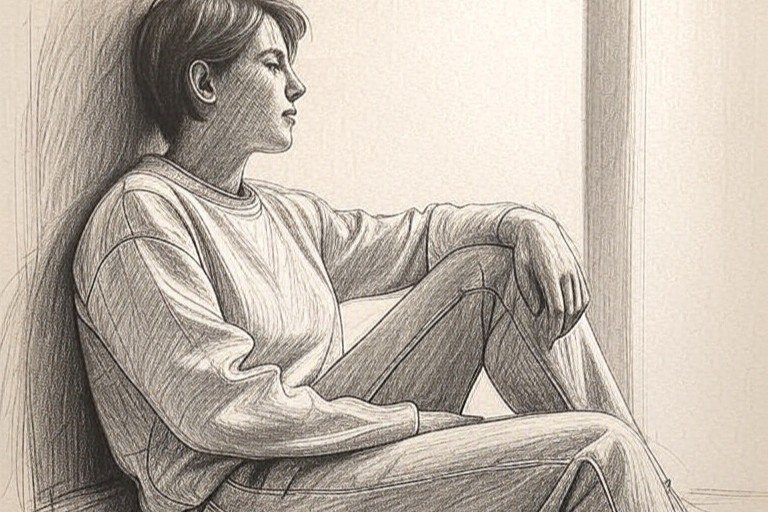A fundamental form of visual expression emphasizing form, line, and the raw structure of an idea.
🧭 Origin
The pencil sketch is one of the most fundamental and universal forms of visual expression, used in everything from classical studies and architecture to character design and everyday doodling. It emphasizes form, line, and the raw structure of an idea.
💡 Inspirations
Classical figure drawing, technical drafting, art school sketchbooks, travel journals, and storyboarding. Influenced by Renaissance anatomy studies, graphite realism, and minimalist mark-making.
🎨 Color Palette
Monochromatic or graphite-based greyscales, sometimes with soft paper tones (graphite black, soft lead grey, sketchbook beige, paper white)
🖌️ Texture / Technique
Hatched, crosshatched, shaded, smudged, or lightly outlined. Surface texture includes paper grain, uneven pressure, eraser marks, and visible construction lines. Can range from clean and precise to rough and gestural.
🌀 Shapes & Forms
Anatomy, portraits, objects, environments, architecture, or imaginative scenes. Often unpolished or unfinished — showing the artistic thought process through layered linework and variation in shading.
🌙 Mood / Atmosphere
Raw, thoughtful, meditative, exploratory. The mood suggests observation, planning, and the early stages of creation — intimate and process-focused.
🧩 Possible Applications
Ideal for character design, storyboarding, art education, anatomy studies, concept art development, editorial illustration, or nostalgic aesthetic treatments.
🧠 Generative Potential
Use prompts like “realistic pencil sketch of a figure with visible linework and shading,” or “architectural sketch in graphite with construction lines and texture.” Perfect for generating concept art, storyboards, or sketch-style portraits with layered hatching and soft line variation.
💬 Prompt Example
“A realistic pencil sketch of a seated figure in profile, showing crosshatching on the shadows, loose construction lines, paper texture, and a soft, contemplative tone.”
